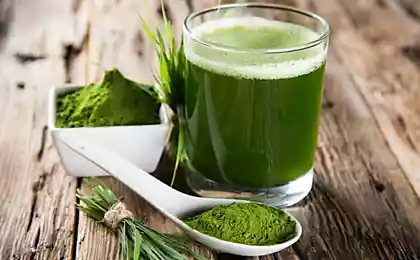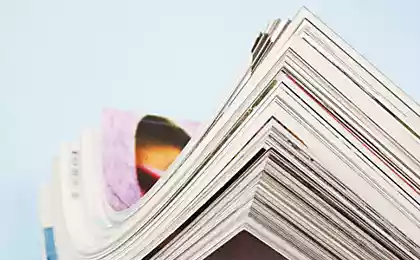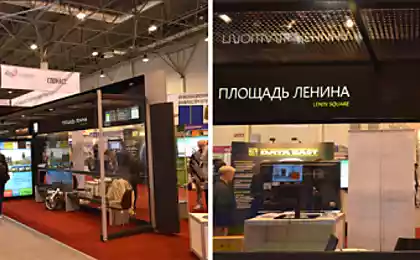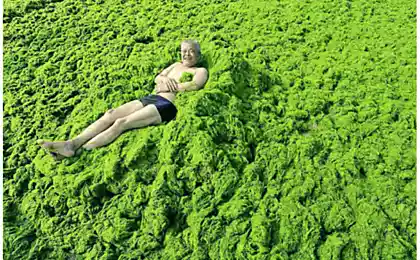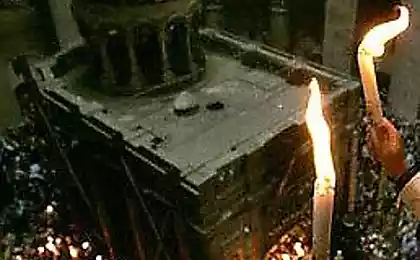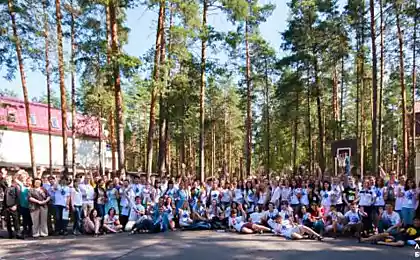609
Spirulina: Advertising claims vs scientific evidence
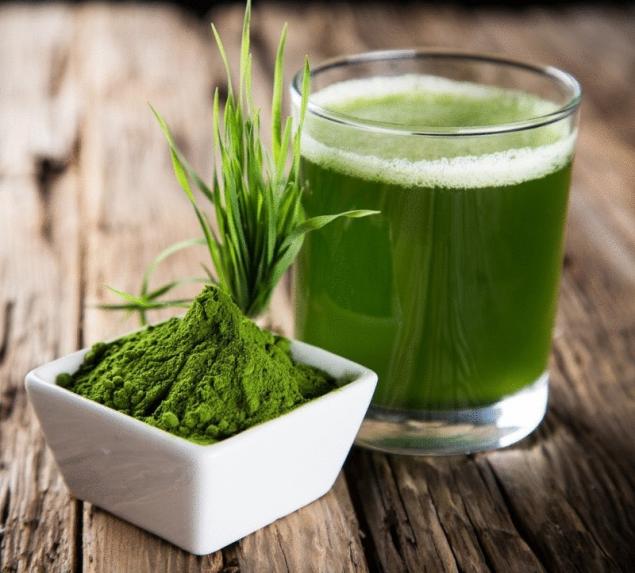
Today I want to talk about spirulina.
And you know, use and love these algae? I try to use them every day. I prefer to buy them in pills, so they are very easy to drink with my morning vitamins. I used to have the powder and mixed it with water, it turns a disgusting swamp in the glass, which I drink constantly deliberately “forgot”. Seaweed, pressed into tablets, everything is much simpler: drink this usefulness and forgotten.
Spirulina – not a cheap food additive. And just today when I was going through emails for 2 weeks, one of the questions I had in respect of spirulina, namely, is it worth the money spent. Short answer: Yes, it is. If it is possible, that a dietary Supplement is recommended to include in our diet. Let's look at why.
Spirulina
A few months ago when I was studying at College a balanced diet (Nutrition), we have been given the following assignment: take one of the popular Superfoods, consider it from the point of view of marketing of assurances and promises regarding its usefulness, and then compare them with the scientific research conducted in relation to this product. For this assignment I chose spirulina. Here are some insights that I have received in the writing of this mini-assignment a.
The scientific name of the species.
Scientific name of spirulina – spirulina (platensis Anthrospira). She belongs to an ancient class of single-celled plants called blue-green spiral algae that is blue-green spiral algae. There are about 35 species of spirulina, the most common of them are the following: Spirulina pacifica, Spirulina platensis, Spirulina maxima and Spirulina fusiformis.
Advertising statements regarding the usefulness of spirulina.
The spirulina, which I now use is called Mountain Organic Spirulina by MicrOrganics (I'm not saying that this is the best spirulina. Just wrapping it up now I was home. If I recommend a certain brand is Hawaiian Pacifica Spirulina I like). On its packaging the following is written:
“Spirulina has the ability to collect and convert solar energy into a large variety of organic nutrients, including an abundance of green (chlorophyll), blue (phycocyanin) and orange (carotenoids) plant pigments.
Spirulina is rich in important plant pigments, antioxidants, vitamins, minerals, metallic minerals and amino acids. She is also a natural source of easily digestible iron, which is important for the health of the blood and transport oxygen to the tissues of the body to assist in the process of liberation of energy.”
In relation to the energy value manufacturer of spirulina brings to our attention the following information.
Single doses (3 g) 100 g Energy value kJ 48 1584 kJ 12 Calories 379 Protein 2 g 67 g Fat Less than 0.3 g 8 g Sodium 10.2 mg 340 mg vitamin a IU 12,900 430,000 IU Beta carotene 7.7 mg 250 mg Total carotenoids 9 mg 300 mg Zeaxanthin 2 mg 66.7 mg Phycocyanin 360 mg 12 g 45 mg Chlorophyll 1.5 grams Vitamin B12 6.9 mg 230 mg Niacin (Vitamin B3) 480 mcg 16 mg Iron 2.2 mg 75 mg Potassium 50 mg 1.7 g Lutein and 1 mg 33 mg GLA (gamma linolenic acid) 32 mg 1 g Linolenic acid 37 mg 1.25 g
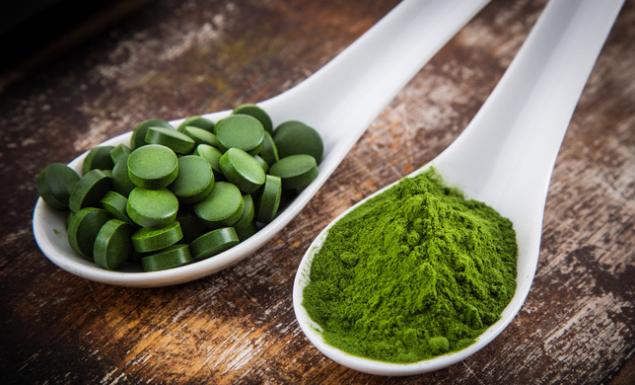
Scientific evidence.
There are 2 stunning information base that nutritionists and naturopaths in Australia are used in your daily activities. Oh, the glory of progress! To date, the entire information from the professionals on hand, you don't need to remember or look up in thick paper directories.
The first database is called NUTTAB 2010. It is free and publicly available. As I understand it, it is provided by an independent state Agency called Food Standards Australia New Zealand. To use it is quite easy: you type the product in the search bar and you will be given information about it.
The second database is called Natural Standards. When I looked into it, it was just in Paradise for nerds and lovers of all that is connected with a balanced diet and overall wellness issues. So much information about food, vitamins, minerals, various diseases and other things I had never seen before. It's just a storeroom of knowledge. However, she paid. When I was in College, access to this database I've been through it. It was a ton of scientific information on spirulina. I hasten with you to share it.
Spirulina contains 70% protein (for comparison, beef contains 35% protein), 18 amino acids, of which 8 – irreplaceable, so the protein in spirulina is called “complete” (complete or native protein). You can also find a complex of vitamins of group B (although their absorption in our bodies is in doubt), phycocyanin, chlorophyll, beta-carotene (it contains more than carrots), vitamin E and various minerals K, Na, Ca, Mg, Fe, Zn, Cu and Pb.
What I like about Natural Standard database is that it clearly defines which properties are scientifically proven in the treatment and rehabilitation of people possesses a particular product. To this end, it offers a clear table, using a simple grading from A to F (validly proven until scientifically disproven effects). For example, activated carbon in this plate gets an “A” in the field of treatment of poisoning because of its effectiveness in this area is completely scientifically accurate.
What information in respect of evidence given in relation to spirulina? Unfortunately, it is not so much, and the data in respect of category A are not yet available. And the reason is not that producers of spirulina deceive consumers, arguing about the miraculous properties of this product. Not at all. Spirulina is called Superfoods because it is concentrated a huge number of useful components. No doubt about it. But the fact is that the Western world spirulina as food and biological additives have become known recently (in contrast, the same activated carbon), and, accordingly, scientific research to test its beneficial properties, was carried out not so much.
Nevertheless, there is good scientific evidence that spirulina is effective (category B) in hypercholesterolemia (elevated cholesterol). Very strange that the manufacturer of spirulina does not advertise this feature on the packaging, especially considering how the recent popularity of various drugs that lower cholesterol.
There are other scientifically tested properties of spirulina. So, the category C (it means that scientific studies are conducted, but their results are still inaccurate) include the following types of application and the treatment of the following diseases:
— allergic rhinitis
– antioxidants
– arsenic poisoning
– ADHD (attention deficit and hyperactivity disorder)
– chronic viral hepatitis
– diabetes
– improve physical performance (exercise)
– tonic blepharospasm (eye disease)
– HIV (HIV)
– IBS (irritable bowel syndrome)
– malnutrition
– symptoms of menopause
– leukoplakia/ cancer
– lowering the weight.
And finally, the database indicates that in relation to chronic fatigue syndrome efficacy of spirulina has not been proven (category D).
Further, Natural standard provides a detailed description of all proved and unproved properties of spirulina and make references on 150 scientific sources!!! All these studies collected in one place, isn't that amazing!!!
Telling you about all of these scientific tests of spirulina, I just can't make reservations. Despite the fact that I love to read about the results of medical experiments, I also understand their limitations: they consider a single action a single product on the human body. However, magical means does not happen. The secret of health lies in a balanced varied diet (and a healthy mental attitude towards food). Spirulina, for example, can have a positive impact on maintaining a healthy weight, but by itself spirulina excess weight gain we will not deliver. The same is the case with all superfudge. They are not a panacea for the disease and does not replace a healthy diet.
Advertising claims vs scientific data.
Overall, comparing the advertising claims with scientific data in relation to spirulina, it is possible to note the following. The manufacturer quite rightly describes this product. He really is incredibly nourishing and rich with all sorts of Goodies. There are some minor inaccuracies in the description, which can be an incredible nerd :). For example, the description the manufacturer indicates that spirulina contains 3 kinds of color pigments (chlorophyll and others), as well as antioxidants. The fact that the pigments – this is the types of antioxidants; but this is just a small remark. Also, manufacturers do not mention two other important antioxidant found in spirulina, namely zeaxanthin and SOD.
In the description of spirulina on my bottle also States that it is a highly digestible source of iron. National Standards database in the ratio of iron indicates the following: spirulina is traditionally used in the treatment of iron deficiency, but scientific studies proving its effectiveness in this yet.
Due to the fact that the scientific medical data in regards to the spirulina, so far, the official information about the daily amounts of spirulina until also not. The manufacturer indicates that the dose is 3 g (6 tablets), and recommends the use of 1-3 doses per day.
Finally, it should be noted that the question of the toxicity of spirulina referred to in medical sources (again, all doubtful and inaccurate), indicating that in some species of spirulina have been found traces of heavy metals. The presence and degree of toxicity depends on the method and area of production. Whether really have to worry about this? Unfortunately, we live in a polluted environment, this is the sad reality of our times and a sign of complete lack of awareness in life. We pour industrial waste into the ocean, of course, this affects the purity of marine plants and animals, including spirulina. My opinion: the obvious beneficial properties of spirulina far outweigh the negative aspects. As consumers we need to try to choose a trusted manufacturer (level of presence of heavy metals depends on the method of production of spirulina), it's possible to purchase organic products and do not stressout about what is beyond our control.
David Wolfe about spirulina: it is Simply impossible to finish my story about spirulina without mentioning the information that provides us with a terrific David Wolfe. His book “Superfoods” Oh, I love his passion for a healthy and sustainable way of life, I'm quite envious of you, and the amount of knowledge I have always arouses great respect.
He's so amazing, talks about how historically in South America in Mexico City before the conquest of the local population by the Spaniards and Portuguese people are purely relied on spirulina as a source of protein. That's what, it turns out, the Incas and Aztecs grew their muscles for 5 thousand years :). To tell about that some supporters of the paleo diet, which simply are sure that in the past people used animal protein for Breakfast, lunch and dinner.
David Wolfe has high hopes for spirulina as a more healthy, sustainable, and ethical source of protein for mankind: unlike animal protein it is not necessary to cook with heat treatment (and therefore protein is not destroyed and useful properties are preserved); the production process is much more eco-friendly and non-polluting in comparison with farming; it is not depleting the soil and saves water; spirulina is easily absorbed by the human body, as it dissolves easily in water; it contains as much iron as red meat...
Of course, spirulina not to eat :). All should be balance, but you need to recognize that spirulina has awesome qualities that she has good potential in the broader application. Interestingly, even Natural Standards mention that there are scientific studies that spirulina can be used in the fight against global hunger and malnutrition in the poorest areas of our planet.
David Wolfe also highlights the important role of spirulina in balancing the neurochemistry of the brain, including in the production of serotonin. As for antioxidants, he rightly calls the main ones: beta-carotene improves the immune system and increases life expectancy; without chlorophyll impossible structure of our blood; zeaxanthin improves vision, SOD is important in improving human health antioxidant and enzymes; phycocyanin stimulates the production of stem cells.
David Wolfe also notes that spirulina is the only green plant rich in GLA (gamma-linolenic acid). This is the essential fatty acid, which has anti-inflammatory properties. He cites the example commonly cited study in Chernobyl, where the children were given spirulina for 45 days. As a result, the level of immunoglobulin (a measure of allergic irritability) first, they have improved significantly, and then stabilized. Incredible, isn't it? And as a bonus, it can be noted that this acid helps us to maintain the health of our skin and hair.
Finally, spirulina can be used as a vegan fertilizer for the fields and crops. Haha, as without fertilizer!
Here's a wonderful this spirulina!
A little advice from me on how to include spirulina in the diet of children. My Rita loves raw chocolate balls made from nuts, cocoa and dates in which I add a little spirulina. Also, try to add in wrinkled avocado with a fork, Rita loves it for Breakfast, and the spirulina gives it a very beautiful green color.
Fruit smoothies with spirulina.
Our smoothie recipe is very simple: mango, ½ banana, 1 kiwi, a few tablets of spirulina and Chlorella, and water. Especially delicious this cocktail is obtained when fruit is a little frozen in the freezer. If the taste of spirulina you are used to, then start with one pill, yet she has a very strong taste (I've tried several brands, some very “swamp”, and some pretty nice without taste and smell). Mix everything in a blender on high speed and enjoy! All good health! published
Source: thinkingcreature.com/spirulina/
The demographic aggression of the United Nations: the question of security of parenthood and childhood
How to politely respond to rude questions
